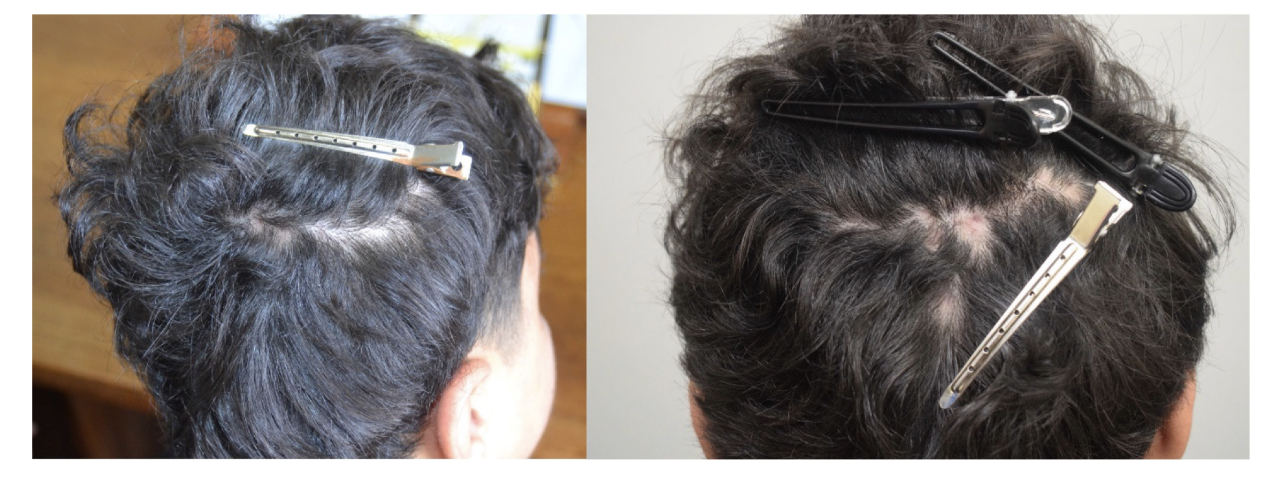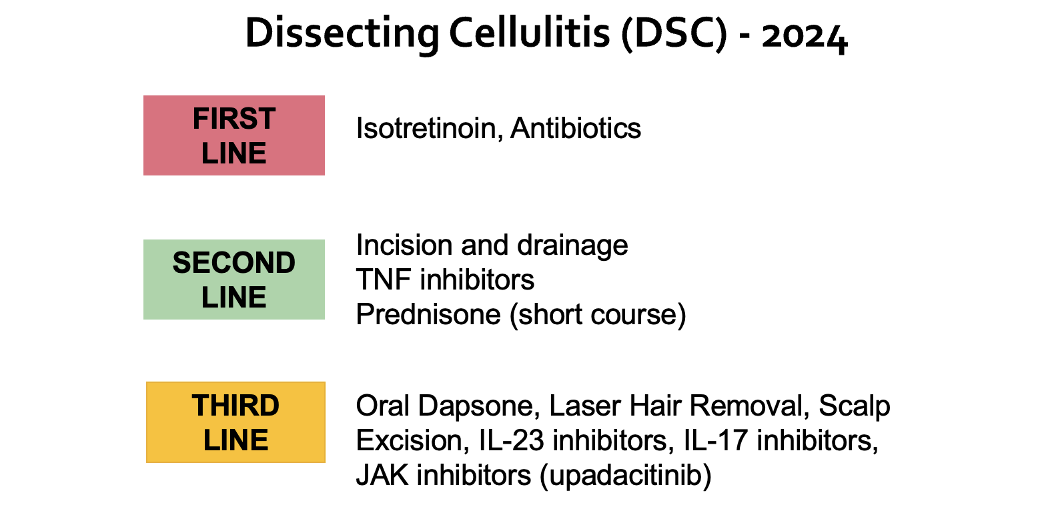Generic Tofacitinib for Alopecia Areata
The JAK inhibitors ritlecitinib and baricitinib are approved by many health regulatory bodies across the world for the treatment of advanced alopecia. Baricitinib was FDA approved on June 13, 2022 and ritlecitinib was FDA approved on June 23 2023.
Even though it’s not formally stamped with the seal of approval, tofacitinib has been used ‘off-label’ for treating alopecia areata since 2015. The world has a lot of experience treating alopecia areata with tofacitinib. While the clinical trial data is not as rigorous for tofacitinib as for baricitinib or ritlecitinib, we sure have a good amount of experience with tofacitinib. Quite a few reasonably good studies to back up its effectiveness.
Generic tofacitinib is now available and offers a cost savings over brand name tofacitinib (Xeljanz). The drug is just a small fraction of the cost of oral ritlecitinib or oral baricitinib.
I was very interested to read a recent study investigating the benefits of generic tofacitinib for treating alopecia areata.
Jian J et al. 2024
Authors conducted a retrospective study evaluating the efectiveness and tolerability of generic tofacitinib in patients with AA. The study included patients with AA who received at least 6 months of treatment with generic tofacitinib. Efficacy was determined by the Severity of Alopecia Tool (SALT).
A total of 20 patients (median age 24 years) with a median baseline SALT score of 87.5 (IQR 72.5–95) treated with generic tofacitinib were enrolled. 2 patients had totalis and 10 patients had universalis.
These 20 patients had a mean follow-up duration of 11.7 months. 50% or so received 10 mg and 25 % received 15 mg. At the end of follow-up, 95% of patients noted a noticeable change in scalp appearance (increased scalp coverage with hair. The authors found that an absolute SALT score<20% was achieved by 15 of 20 patients (75%) at week 24. Only one patient discontinued taking tofacitinib because of lack of efficacy.
COMMENT
I liked this study. Granted, it’s a small study and it’s not an elegant randomized controlled study. But the follow-up interval was reasonably good (at least for typical studies in our field) and the conclusion was pretty clear: A large proportion of patients with alopecia areata using generic tofacitinib had improvement in their hair and side effects were low. Most patients stuck to standard dosing (5 mg BID) but some patients did use 15 mg doses.
I’ve been using JAK inhibitors for almost a decade now - starting, of course, with tofacitinib. From tofacitinib, I have added ruxolitinib, baricitinib, ritlecitinib and upadacitinib to my JAK inhibitor toolbox.
In the last year or two, we’ve switched some of our patients from brand name tofacitinib (i.e. our Xeljanz patients) to generic tofacitinib. At first, I did this with trepidation. What if it does not work as well? What if we lose the good regrowth the patient had on tofacitinib brand name (Xeljanz)? Surprisingly, patients have been doing great and there has been no real evidence of deterioration or flare when using generic tofacitinib.
The main benefit of the switch has been the cost savings. Here in Canada, brand name tofacitinib Xeljanz is about $ 1,706 CAD per month and generic is about $453 CAD. This compares to about $ 4,000 for baricitinib.
Let’s face it. There are some tough discussions to make in this new JAK inhibitor era. For those who only use FDA-approved or Health Canada-approved drugs (or EMA-approved drugs), you’re not going to be up for a discussion or the tough realities that exist for patients.
Being a physician is not about connecting people with drugs. It’s not a matching game of “disease A” gets approved “drug B”. Rather, being a physician is about understanding each patient and their unique circumstances and connecting them with a treatment plan which meets their specific goals and objectives and is in line with their risk tolerance. Being a physician is about understanding very well what I call the SAFE principle. The ideal treatment is very SAFE, very AFFORDABLE, very FEASIBLE to use AND very EFFECTIVE.
The ideal treatment for the patient in front of me today is the one that aligns best with the patient’s views of the importance of each of these categories.
When it comes to comparing JAK inhibitors, there is a lot we still don’t know. We’d like to feel that new JAKs are safer for specifically treating alopecia areata than old JAKs but there is no good data really to support that. Maybe there will be someday or maybe the old JAKs will prove safer. Who knows. We know the new JAKS are astronomically more expensive so that category has no debate. The feasibility is about the same - all JAKs are pretty easy to use. As far as effectiveness. we’ve not seen a huge signal that any given JAK is dramatically better than another. Sure, there might be slight differences but nothing is dramatic quite yet. All of our current JAK inhibitors help some patients and do absolutely nothing for others.
The SAFE principle is a guiding principle and will always be a guiding principle for me. Different patients place different emphasis on different components of the SAFE principle. For some, the cost of a medication is everything - it’s the key deciding factor. If drug A causes cancer in 1 in 10,000 people and drug B has no risk of cancer at all but drug A is $ 100 per month and drug B is $2000 per month, there are many people that will choose drug A over drug B. There are also many people who will reject drug A and choose drug B any day over drug A.
We must never forget the SAFE principle.
FDA approval does not mean complete safety. It means reasonable safety. FDA approval does not mean affordable. The FDA has nothing to do with that. FDA approval does not mean a drug is feasible to use. FDA approval does not mean effective. FDA approval often equates to some inkling of effectiveness but many rather ineffective drugs still can - and have - received approval.
This study reminds us that in 2024 generic tofacitinib is still there in the alopecia areata treatment toolbox. I prescribe ritlecitinib, baricitinib, upadacitinib and tofacitinib. Why is that? Because I don’t believe in templates and don’t work the mindset that disease A gets drug A. I treat individual patients with treatments that align with their values. Once I understand a patient’s risk tolerance, insurance coverage (or lack thereof) and treatment expectations, I can plan out which JAK inhibitor makes sense (if it make sense to start a JAK inhiibitor at all).
REFERENCE
Jian J et al. Effectiveness and safety of generic tofacitinib in alopecia areata: is the generic a cost-effective option? A retrospective study. Arch Dermatol Res. 2024 May 11;316(5):154. doi: 10.1007/s00403-024-02879-4.
















